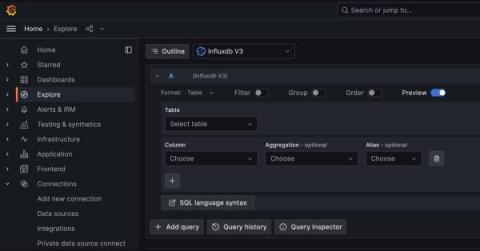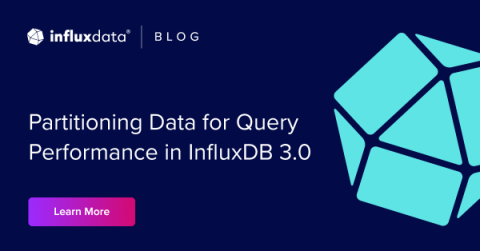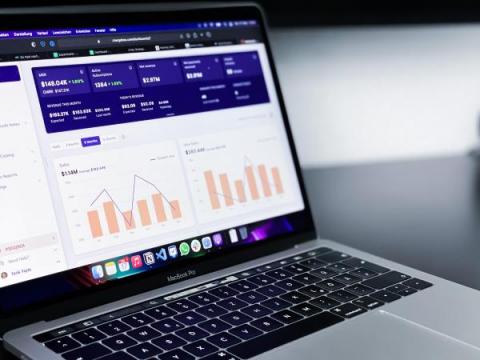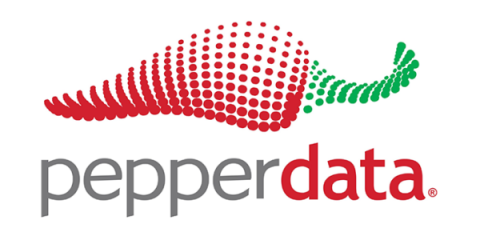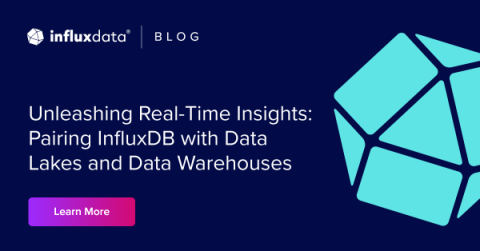Operations | Monitoring | ITSM | DevOps | Cloud
Analytics
Grafana Unleashes Official InfluxDB V3 Data Source: A Quick-start Guide to Configuration and Usage
Elevate Your FinOps Career: Expert Tips for Success and Growth
Partitioning Data for Query Performance in InfluxDB 3.0
Exploring Tech's Influence on Cutting-Edge Annual Reports
The Impact of Technology on Modern-Day Legal Practice
Enhanced performance with PostgreSQL 16
A Quick Guide to Get You Started with Spark on Kubernetes (K8s)
Unleashing Real-Time Insights: Pairing InfluxDB with Data Lakes and Data Warehouses
Imagine a bustling city with millions of people going about their daily lives. Now, picture a network of interconnected roads, each representing a data point, capturing the pulse of the city in real-time. This is the essence of data lakes and data warehouses, where vast amounts of information flow in and out, shaping the decisions that drive businesses forward. However, to harness the power of these architectures, real-time analytics is essential.
Make Moves Without Making Your Data Move
How much of the data you collect is actually getting analyzed? Most organizations are focused on trying not to drown in the seas of data generated daily. A small subset gets analyzed, but the rest usually gets dumped into a bucket or blob storage. “Oh, we’ll get back to it,” thinks every well-intentioned analyst as they watch data streams get sent away, never to be seen again.



